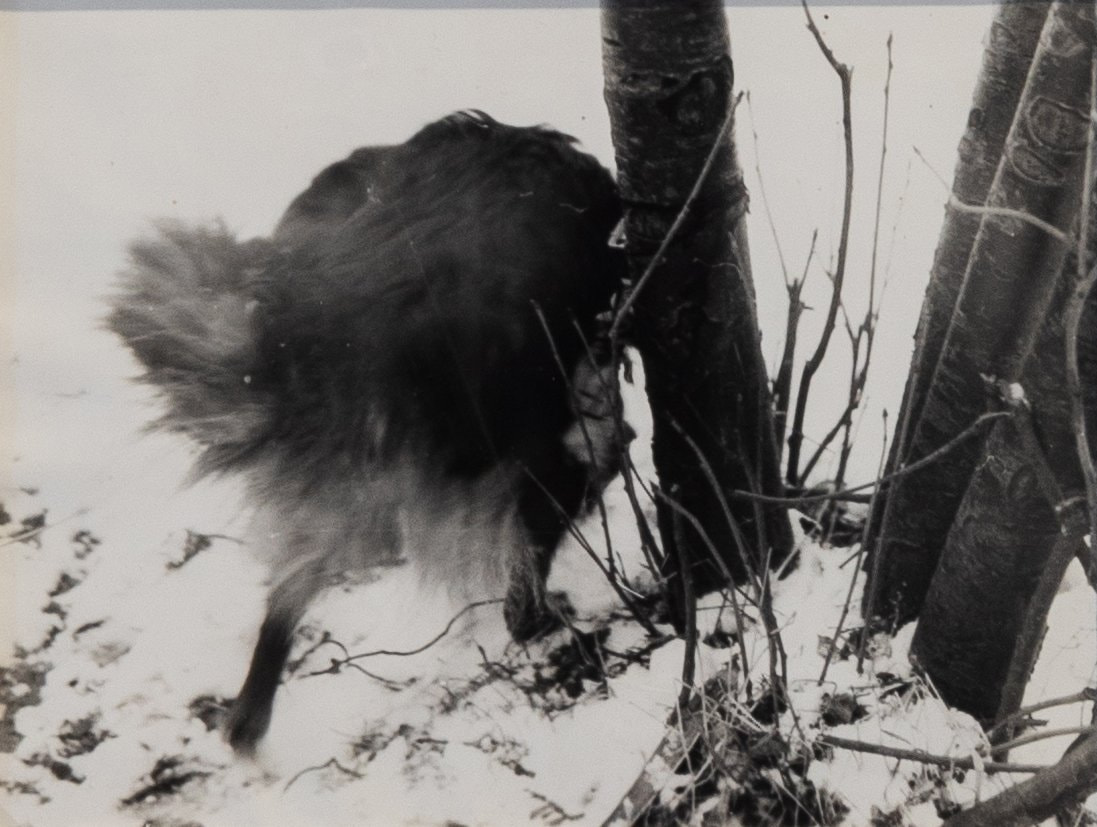Sekretiki No. 12. The habits of Moscow’s dogs
Viktor Skersis, Vadim Zakharov, and Fedya the dog’s attempt to impose order on the urination habits of Moscow’s canine population was an olfactory mapping of an invisible urban habitat. In accordance with the position of the five stars in the constellation Canis Major, they placed signaling installations— small rugs that Fedya had urinated on—at five points in Moscow. Apart from dogs walking in the areas around Kropotkinskaya and Kolkhoznaya (now Sukharevskaya) metro stations, the Hotel Leningradskaya, the Udarnik cinema, and Kievsky railroad station, almost no one noticed them. Was Fedya the dog an underground activist?
The term “underground” incorporates a sense of binarity—on the ground versus under the ground—that seldom exists in real life. It is rarely used for unofficial art practices in the Soviet Union, one reason being that the artists preferred not to be defined as merely in opposition to the ideological system. There were plenty of other systems to choose from and most of the time they existed without even being aware of the Soviet order of things. The planetary system, for example, or subterranean fauna. Neither of these two was opposed by Fedya the dog, whose habitat remained fixed somewhere between the stars and the land of worms. And one does not necessarily have to take into consideration the system of the Soviets when creating an artwork for dogs.
